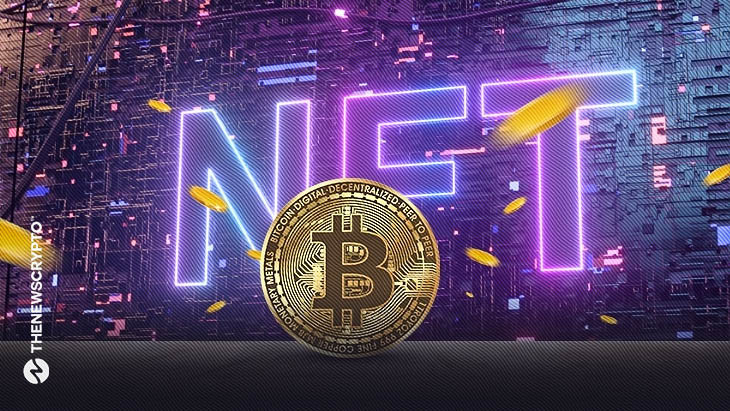Bitcoin Joins the NFT Bandwagon with BRC-721E Standard and Ordinals

NFT
- Bitcoin joins the NFT revolution with BRC-721E protocol, merging Ethereum and Bitcoin ecosystems.
- BRC-721E standard bridges the gap between Bitcoin and Ethereum NFTs, unlocking cross-chain potential.
- Bitcoin Ordinals gain popularity, enabling data embedding and expanding NFT possibilities.
In a groundbreaking move for the world of non-fungible tokens (NFTs), Bitcoin Ordinals and the BRC-721E protocol have made their grand entrance. This innovation has been heralded as a critical step in bridging the gap between the Bitcoin and Ethereum ecosystems. However, the two of the largest blockchain networks have, until now, functioned independently in the NFT space.
Developed in a collaborative effort between the Bitcoin Miladys NFT collection and the Ordinals market, the BRC-721E protocol aims to enhance cross-chain NFT interactions. Additionally, this is opening up new opportunities in the world of Web 3.0.
Bridging the Bitcoin and Ethereum Ecosystems
Historically, Ethereum’s ERC-721 tokens – commonly used for NFTs – and Bitcoin’s blockchain functioned as separate entities, limiting opportunities for cross-chain interactions and growth. The new BRC-721E standard acts as a critical bridge between the two networks, enabling users to translate their Ethereum-based NFTs to Bitcoin’s blockchain in a format known as “Ordinals.”
This conversion involves a process called ‘burning,’ wherein ERC-721 NFTs are permanently removed from circulation in the Ethereum network. Once the burning is complete, users can inscribe the BRC-721E data on the Bitcoin blockchain to claim the converted NFT. Moreover, this is effectively storing and interacting with their Ethereum NFTs on the Bitcoin network.
The Advent of Bitcoin Ordinals
A noteworthy innovation, Bitcoin Ordinals utilize Bitcoin’s scripting language to embed data and instructions directly into the blockchain. It provides the means to attach information to Bitcoin transactions that extend beyond conventional financial data.
The introduction of Bitcoin Ordinals has resonated powerfully within the crypto community, significantly elevating its demand. A recent report disclosed that the total number of Ordinal inscriptions on the blockchain has astonishingly crossed the 10 million mark.
Charting the Future of NFTs and Web 3.0
As we progress further into the Web 3.0 world, the advent of the BRC-721E standard and Bitcoin Ordinals is a vital step towards a more unified and synergistic digital asset ecosystem. It enables Ethereum and Bitcoin to expand their horizons and opens the door for a broader spectrum of mainstream innovators.
This technological fusion also fosters enhanced security, cross-chain interoperability, and expanded market reach. It brings forth the potential for new layers of collaboration and growth in the rapidly evolving NFT landscape.
As blockchain technology advances and NFTs gain momentum, the BRC-721E protocol and Bitcoin Ordinals mark a significant stride forward in the maturation and unification of the crypto ecosystem.





